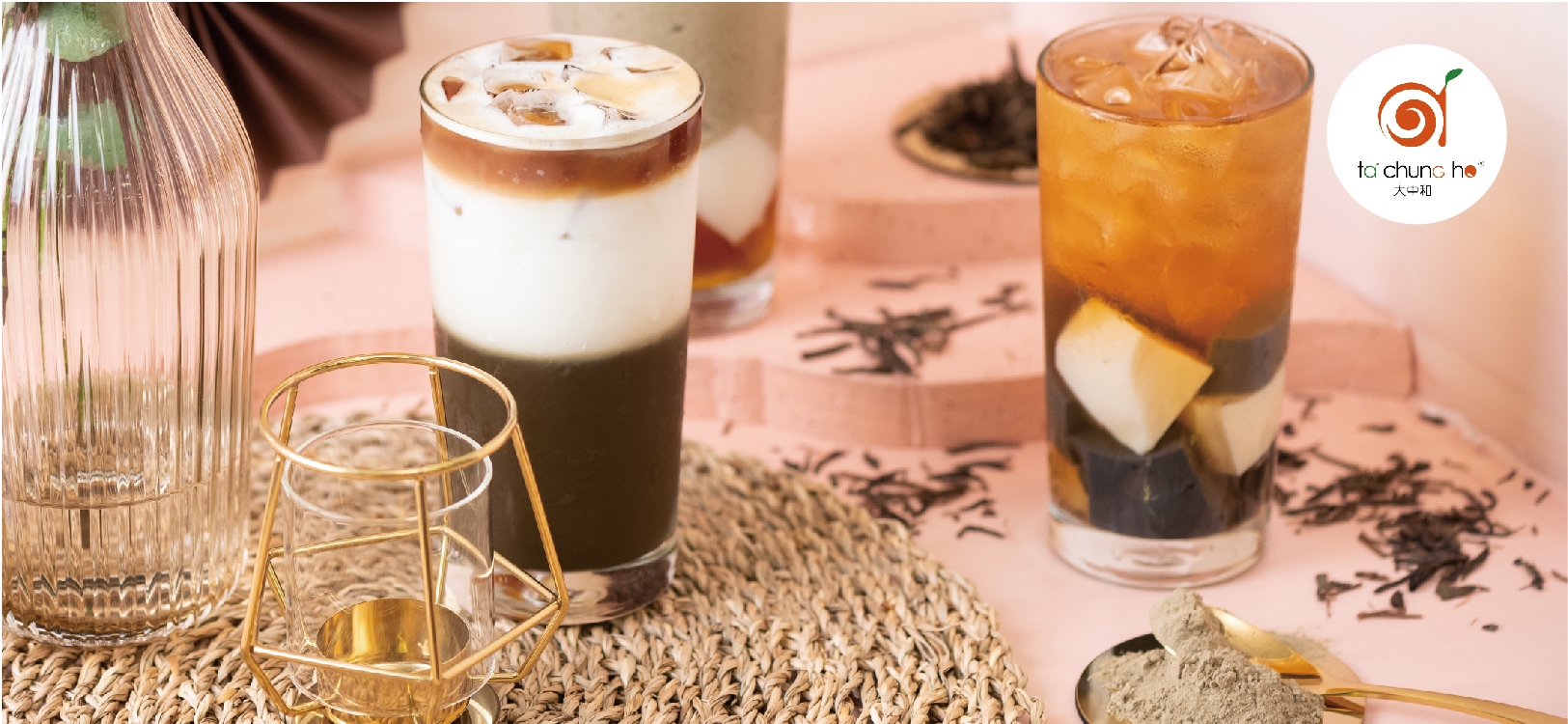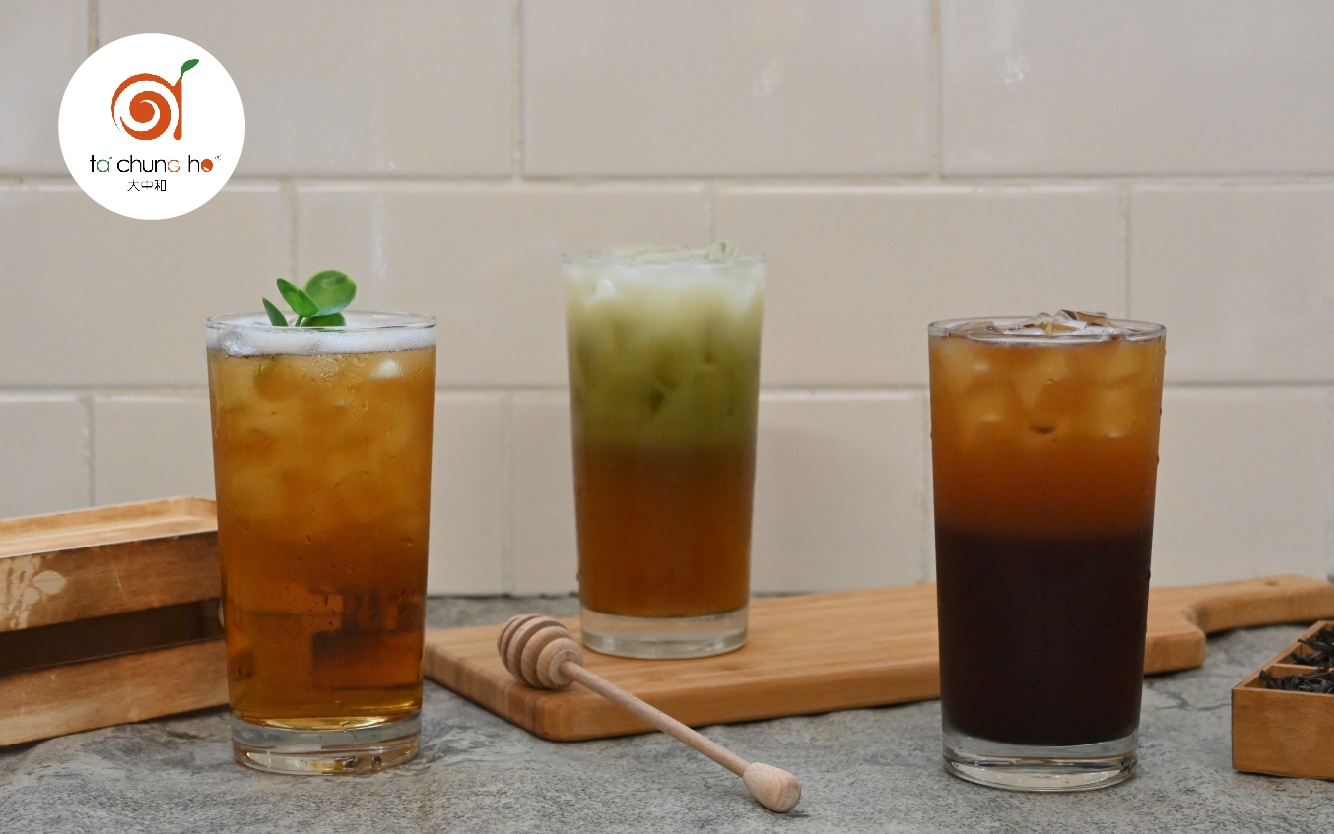Products
Products
By:Lillian

Base teas such as black tea, green tea and oolong tea are the most fundamental ingredients for a bubble tea shop, which are then mixed with other flavored powder, sugar and ingredients according to the preferences of its regional clients, where a few flavors amongst these have become the common options for a store regardless of the country. For instance, the Taro flavor from Taiwan and the Matcha flavor from Japan. The prevalence of matcha originated from the enthusiastic promotion of the Japanese culture, together with the trend of health awareness, as Matcha is treated as one of the representatives of healthy food, which has been widely applied to drinks and cuisines. Matcha Latte is no doubt the most popular drink in a beverage store. Although the visibility of Matcha is extremely high, there are a lot of unique tea leaf varieties from Japan, however, that have the same advantages as Matcha. Where there are supporters for each of the flavors, it is also known as Hojicha.

The biggest group of Japanese tea is Green Tea, but what is green tea? Green tea refers to tea leaves picked from tea trees that are heated up without fermentation, hence it is also known as non-fermented tea. As compared to the manufacturing process of Taiwanese green tea which mostly applies the Stir-Fixation method, Japanese teas use the Steam-Fixation method before conducting rolling and roasting. Although the aroma of Steam-Fixation is not as strong as green teas with stir-fixation, the high temperature with a short period of time is capable of preserving more substances such as chlorophyll and amino acids.
Matcha is ground from Japanese green tea, where a majority of the tea leaves are cultivated in cool places, allowing for the production of more chlorophyll during the growing process, thereby giving tea leaves a bright green color. After the tea leaves are harvested, they will then undergo procedures including steam-fixation, drying and grinding to produce Matcha. The taste of Matcha will differ slightly in the end for different production places and species of green teas. There are 5 famous production places for the Japanese Matcha category: Kyoto Kansai Matcha, Aichiken Nishio Matcha, Fukuoka Yame Matcha, Kagoshima Matcha and Shizuoka Matcha.
Hojicha is also a type of ground green tea, which is produced by frying or baking Sencha or bancha (the popular classic green tea in Japan) at high temperature, thereby further accentuating its strong aroma while giving it less bitterness and a more mellow taste. Through the high-temperature baking process, the caffeine in tea leaves will be sublimated (transforming from solid to gas), hence it is a type of extremely mild tea leaf.

To meet the diverse demands of the market, Tachungho offers Hojicha (Roasted Green Tea) products in three different forms and specifications.
Tachungho's Hojicha is crafted from Sencha using the Jin Xuan tea cultivar. Its flavor profile is notably refreshing and delicate: the initial notes feature a medium, cereal-like roasted aroma that is distinct from the heavy-roast profile of fermented Oolong. This clean flavor finishes with a subtle hint of honey.
When the tea is ground into Hojicha powder, the aroma intensifies, allowing for wide application in beverages, baked goods, and other culinary products.
Additionally, we offer a Hojicha Au Lait powder for simplified operation. This product is ideal for food service operators: just add water to quickly and conveniently prepare a perfect Hojicha Au Lait beverage.
Interested operators are welcome to request samples!
References:
1. 抹茶、焙茶、煎茶差在哪?11種茶品大解密+日本4頂級茶葉產區推薦
2. 日本茶基礎入門篇:想喝日本好茶,就得先認識茶!
3.【日本茶知識】抹茶、煎茶、焙茶大不同,簡單說明讓你一次搞懂八大日本茶!